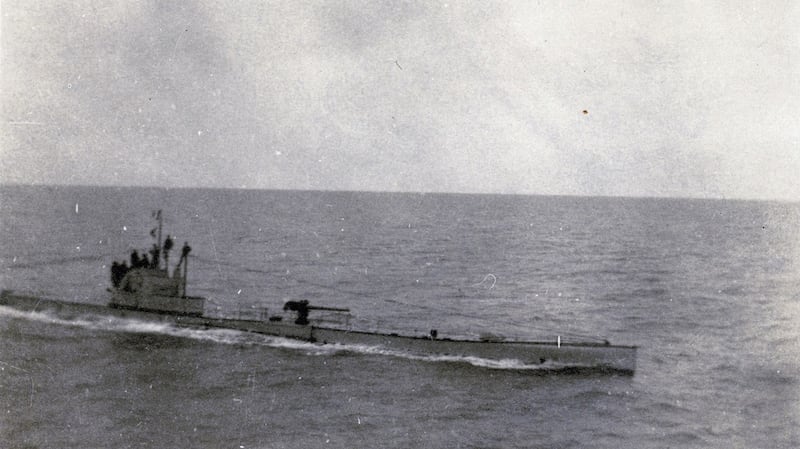On October 3rd, 1938, at Fort Dunree, Co Donegal, an event took place which impacted greatly on Irish history, as the last British army garrison in the Irish Free State lowered the British flag and passed over the facility to the Irish Army.
The ceremony itself was a modest affair, as five soldiers from each side faced each other and rendered salutes to the sound of a single bugler. A quirk of fate ordained that Sgt King, who lowered the British flag, was a brother-in-law of Sgt McLaughlin, who in turn raised the Irish flag.
It would be difficult to imagine that these bases would not have been targets for German raids
No dignitaries were present to witness the handover and the departure thereafter by the British garrison to Derry.
The ramifications of this transfer and the other earlier transfers of the Treaty Ports of Cork and Berehaven may have been the keeping of Ireland neutral during the second World War. It would be difficult to imagine that these bases would not have been targets for German raids.
The extent and scale of the forts around the Irish coast are amazing to behold, even in their present state.
Though Fort Dunree is refurbished and houses a splendid museum, a short drive north over the Gap of Mamore brings you to Lenan Head, and Fort Lenan, one of the seven forts of the Lough Swilly defences.
It is an astonishing complex to behold, a vast, derelict, military landscape.
The landward side is guarded by a massive deep moat, gun ports and a wrecked guardhouse, a bizarre mixture of redbrick walls and a mass concrete roof tilted askew.

Tall isolated, skeletal chimneys stand, remains of barracks long since destroyed. Bunkers which once held huge 9-inch guns are empty and decaying.
It is extraordinary that such relics of that time survive, even in dilapidation.
The declaration of war the following year saw great pressure exerted to allow British access to the ports
The April 1938 agreement for the handing over of the Treaty Ports straddled other major happenings on mainland Europe, with Neville Chamberlain signing the Munich Agreement and declaring “Peace in our time” just one week before Fort Dunree’s transfer. Winston Churchill was an implacable foe of the two agreements, both of which he saw as appeasement and damaging to the security of the British Empire.
The declaration of war the following year saw great pressure exerted to allow British access to the ports. These Anglo-Irish tensions saw the construction of more military infrastructure along the coast.
At Malin Head one can visit the concrete hut, with the large empty window frames facing the Northern Approaches used by Atlantic convoys en route to Britain. A total of 83 such “lookout posts” were erected on Irish headlands and manned by Local Defence Forces to keep watch on activities at sea.

Col Dan Bryan, from Dunbell, Kilkenny, Director of G2, Military Intelligence, used these coast watchers to assuage British concerns that Irish harbours were being used to replenish German U-boats, and he even facilitated visits by the British naval attaché. The numbering of these posts and the large “EIRE” signs around the coast allowed Allied aircraft identifiable navigation aids as they overflew from America. The Malin Head “80 Eire” figures have been recently repainted.
Col Bryan, sometimes referred to as “the man who kept Ireland safe” during the second World War, walked a very tight path between apparent neutrality and covert assistance to the British.
On the Derry shore of Lough Foyle, at Lishally, a ruined wooden pier can be seen along Port Road, at which in May 1945 the German U-boat fleet formally surrendered to the Allied navies under Admiral Max Horton. Col Bryan attended this ceremony in civilian clothes, invited officially, in discreet recognition of his, and Ireland’s part in the Battle of the Atlantic. Most of the U-boats were later scuttled in the sea, just off Malin Head.








